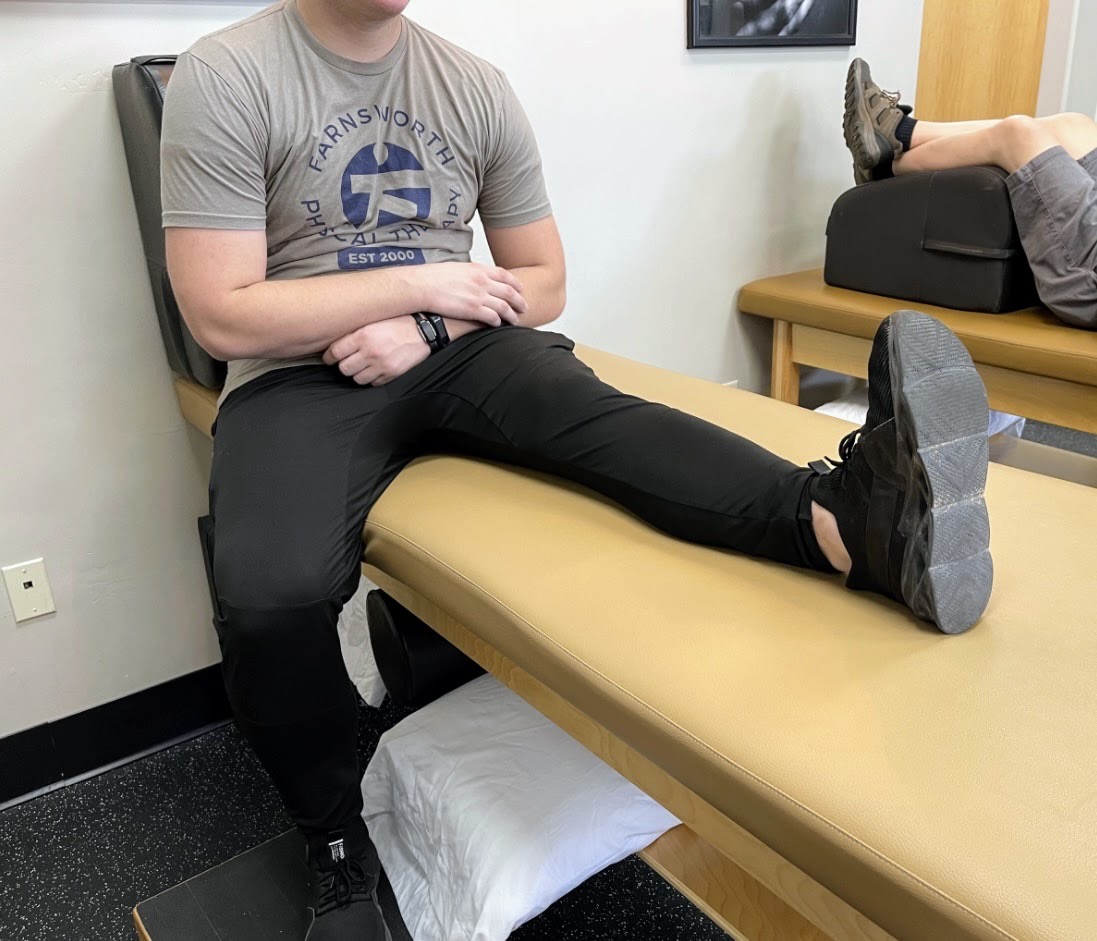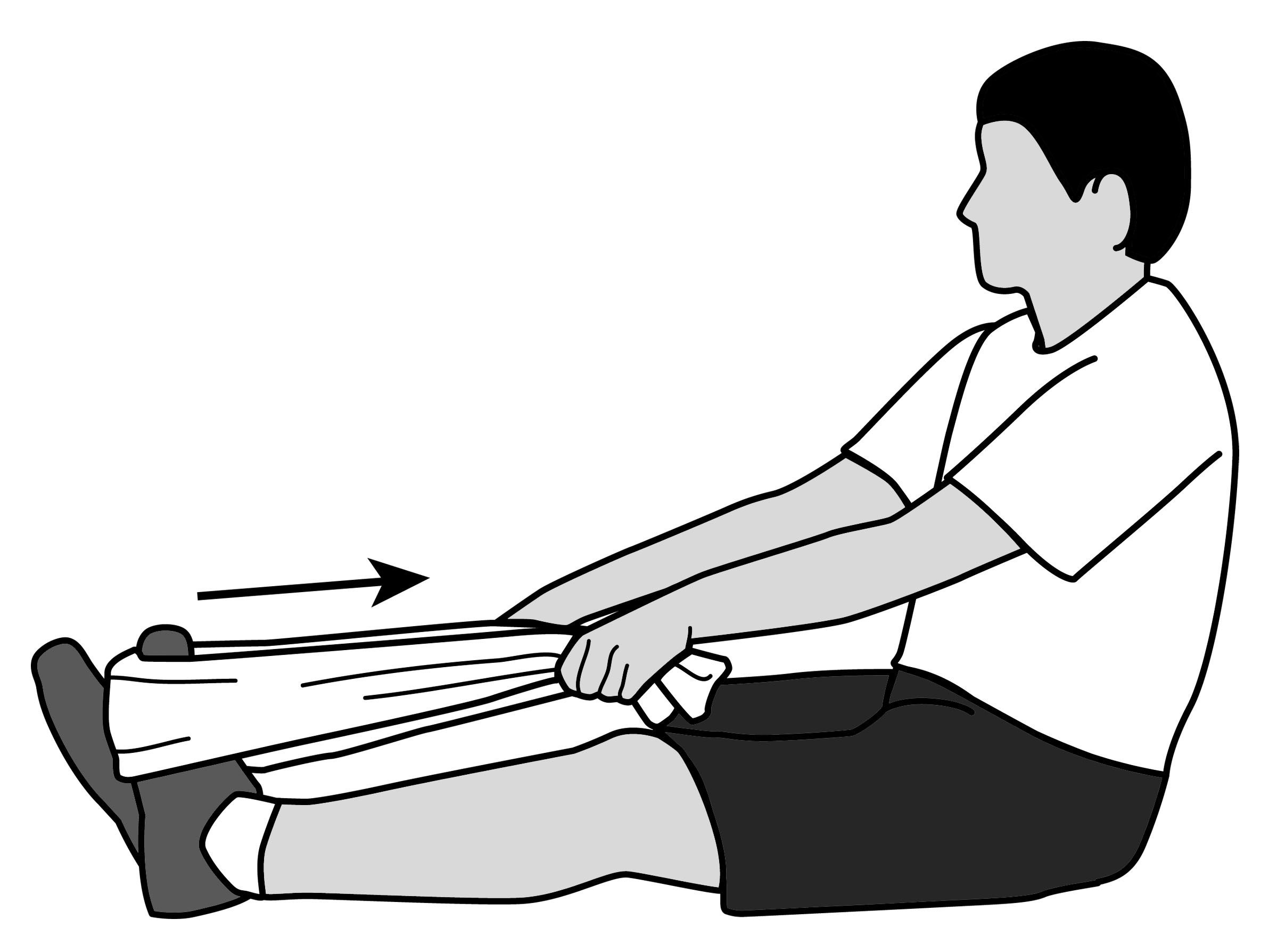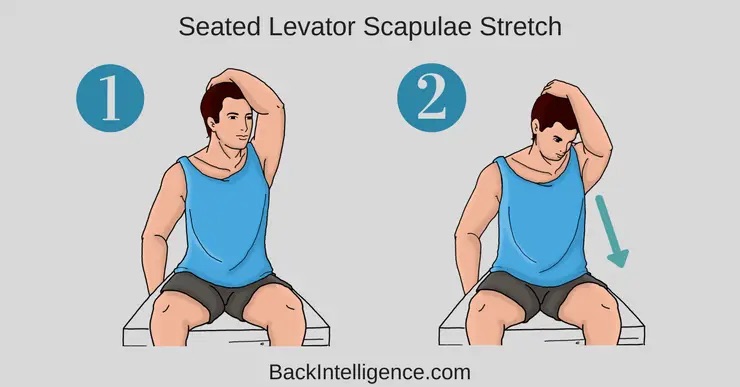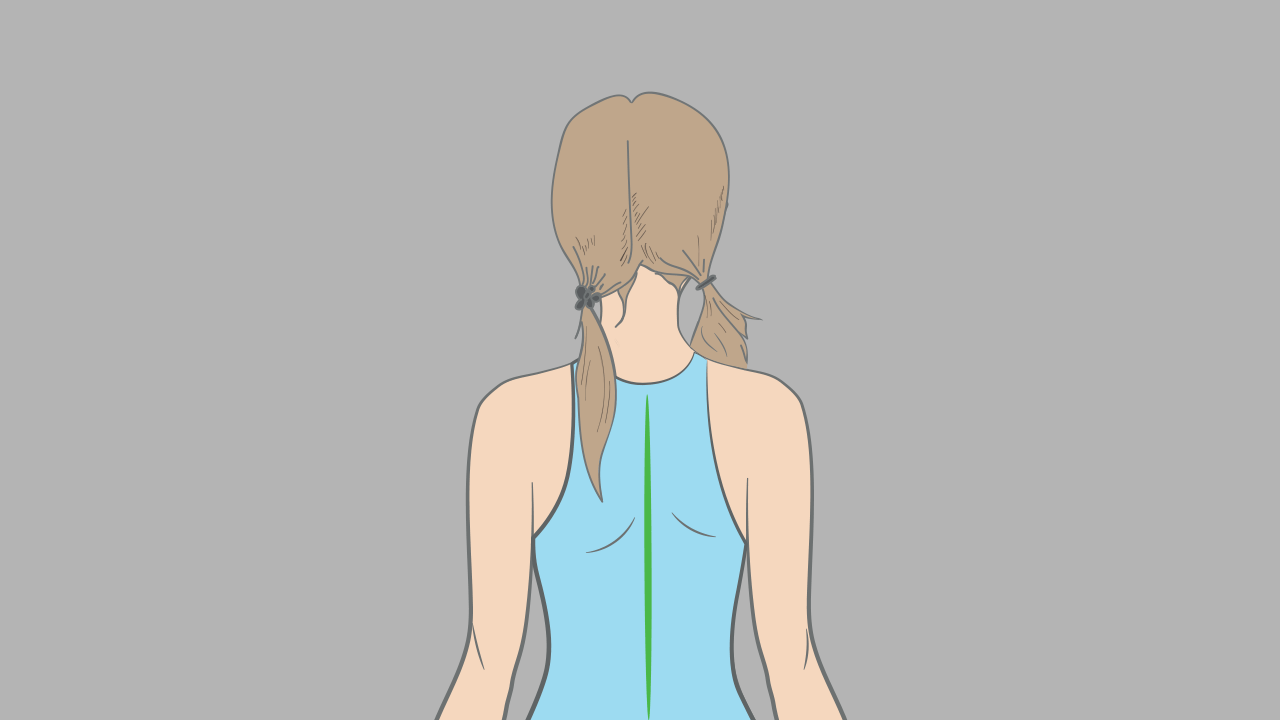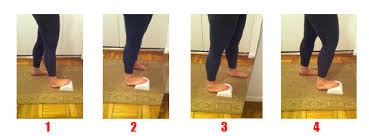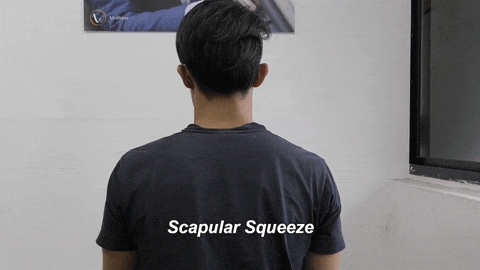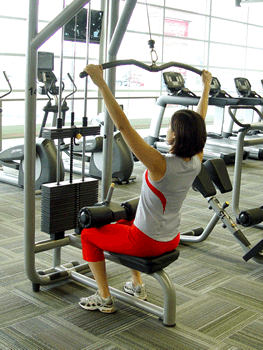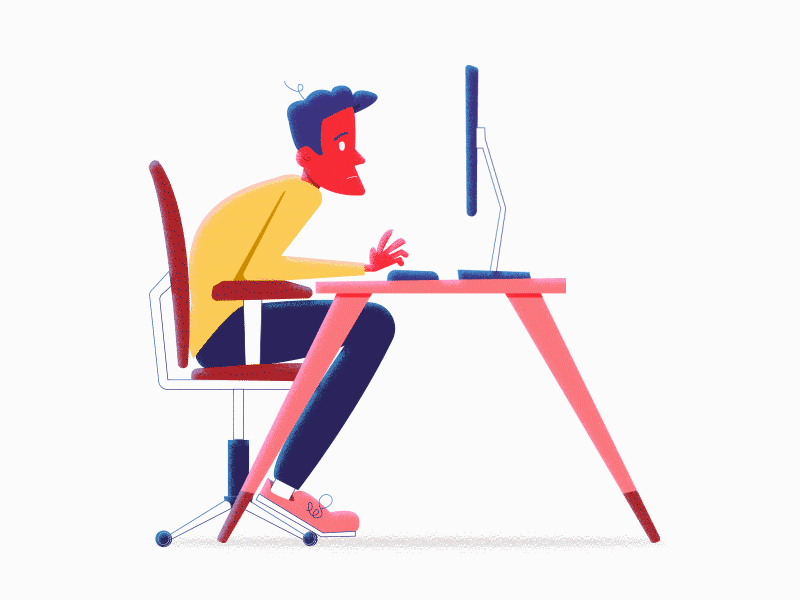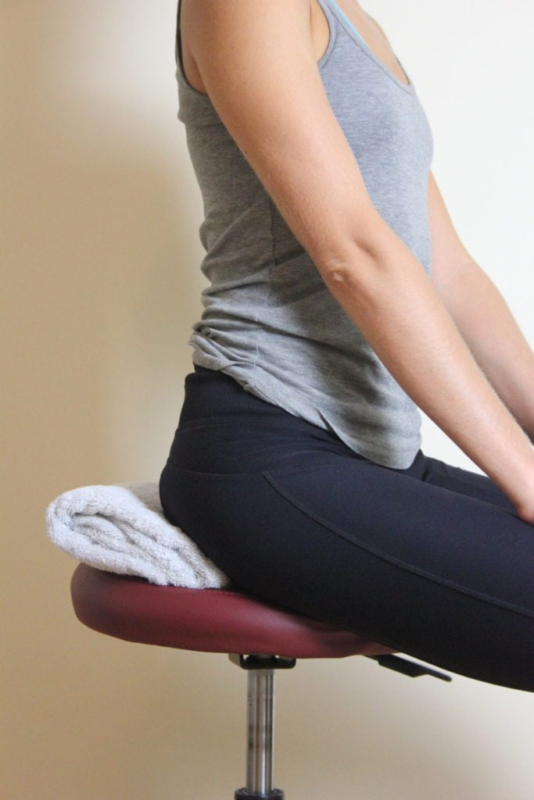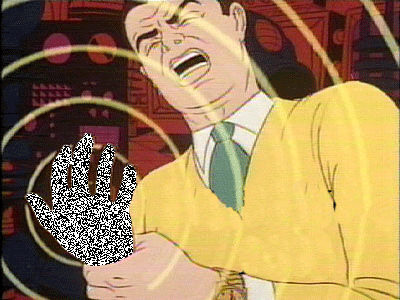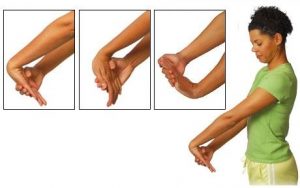Stretching on a regularly can do a lot for your health. Many people know that stretching before physical activity is important but stretching every day regardless of physical activity is important too. Here are five benefits that stretching has.
The Fab Five of Stretching
1. Stretching can improve posture.
2. Stretching can improve range of motion and prevents loss of range of motion.
As we age, our joints lose range of motion. We can counteract this by stretching regularly. Even if range of motion in some joints is limited, stretching can help to improve it.
3. Stretching can decrease back pain. Stretching the leg muscles and the muscles mentioned for posture will likely help to decrease back pain.
4. Stretching can help prevent injury. If you stretch a muscle too far, it will become strained or torn. But if you stretch and increase the range in which a muscle can move, the likelihood of injuring it decreases.
5. Stretching can decrease muscle soreness. If you have soreness in a muscle or muscle group from a recent workout or from a muscle strain, stretching can help relieve some of this discomfort.
How often should I be stretching?
Ideally, every day. Sometimes even multiple times a day. We’ve gathered a collection of stretches to add to your daily routine. Even if you’re an adult with no pain whatsoever (which would be rare if you were), these stretches can bring added health benefits to your life.
Stretches
The first stretch is a seated hamstring stretch. This one can be done on a couch, a bed, or even using the aid of a kitchen chair. The idea is to place one leg on the table, bed, or chair while the other is down. Flex your foot so your toes are pointed at the ceiling. If you feel a stretch here, you can stay in this position. If you find yourself needing more of a stretch, you can bend over bringing your chest towards your thigh.
Next, we have a calf stretch using a towel. For this stretch you’ll need a bath or beach towel to aid you in your stretch. Sit comfortably on the floor, keeping your back straight. Fold your towel into a six inch strip, and place the arch of your foot inside. Using your hands, pull the towel tight while keeping your knee straight.
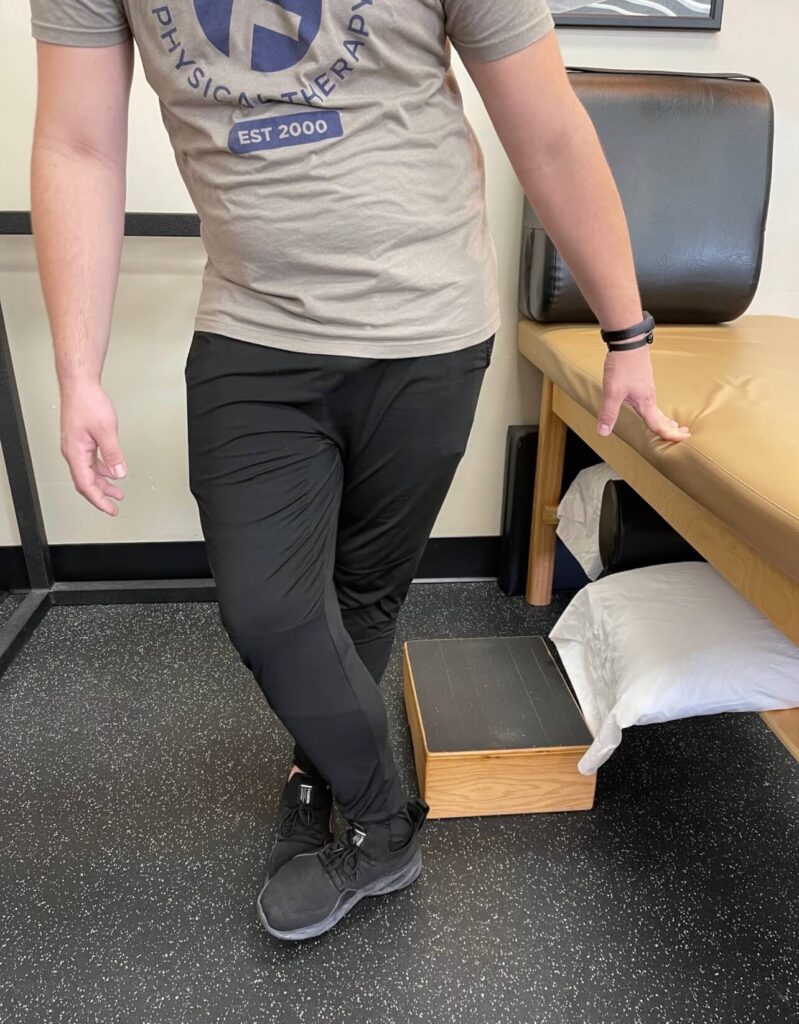
Your IT band runs along the outside of the thigh, from just above the hip to just below the knee, and is made up of fascia, an elastic connective tissue found throughout the body. Whether you have a job where you sit or stand, you probably have a tight IT band. A stretch you can do on the job is the standing IT band stretch. Keep one leg straight and bring your other leg in front, bending slightly at the knee. If this is too comfortable for you and you aren’t getting enough of a stretch, lean slightly to the side of your bended leg.
Our final move is one that is beneficial for your neck and upper back, which will be nice for anyone who has a desk job. Even nicer is the fact that you can do this stretch while sitting at your desk. Sitting upright in your chair with your back straight, grab your head in your hand and gently pull down towards your chest. Stop when you feel a comfortable stretch.
When Should I Do It?
I like to start and end my day with these stretches but they can be done multiple times through the day if you find that they are helpful for you. Each stretch will be most beneficial if you hold it for thirty seconds at a time, doing up to three reps every time you do it. If you are interested in getting a more specific, personalized stretch routine, come in and see us! We’d love to help loosen you up.
Post Written by Tom Farnsworth, PT
